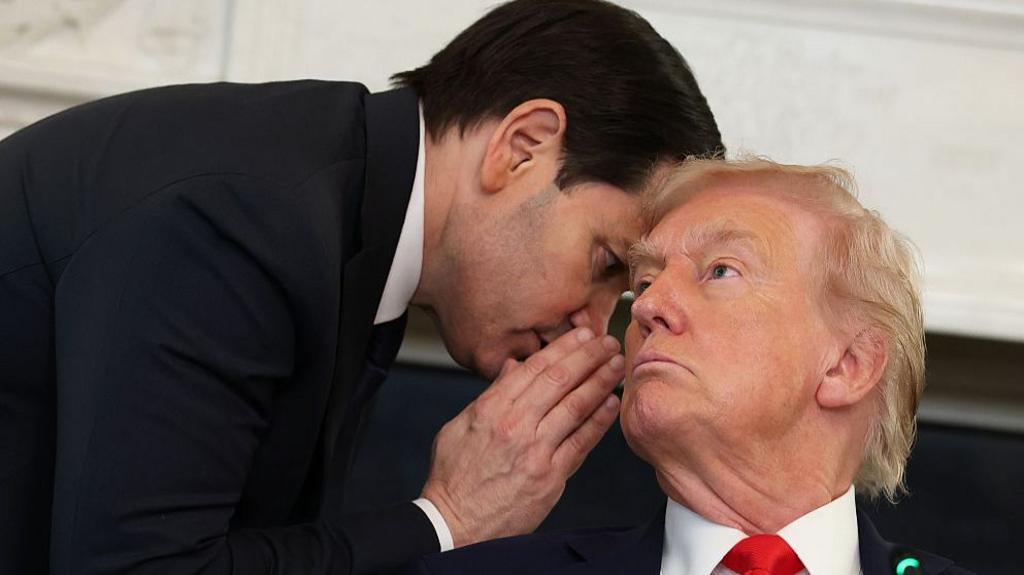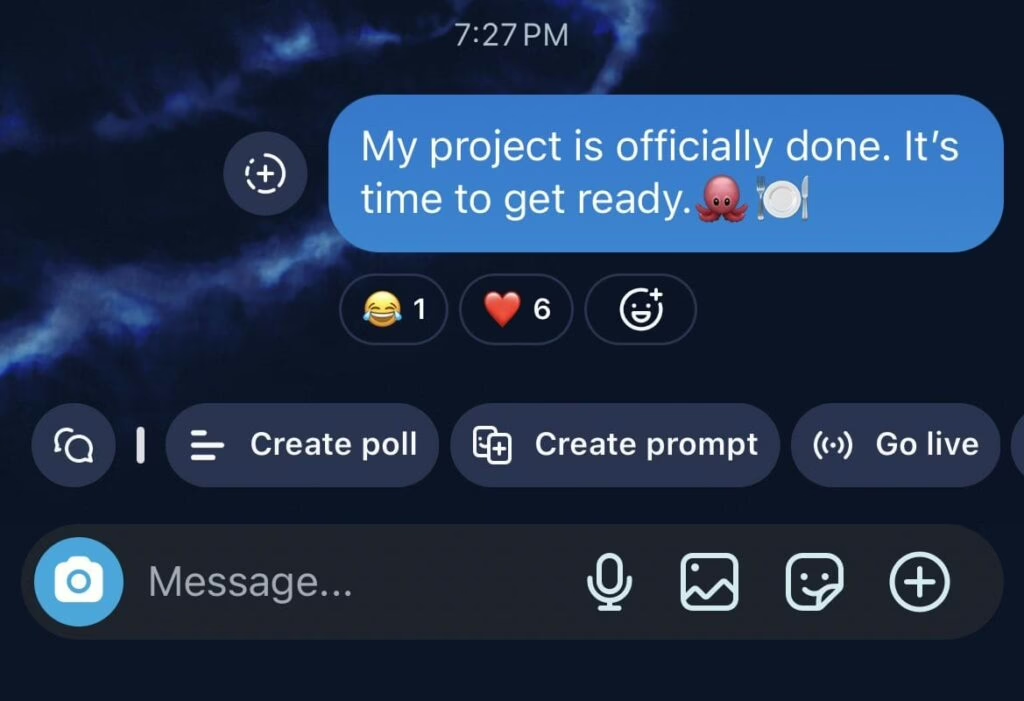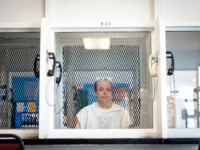
On the morning of October 9, 2025, displaced Palestinians gathered in an improvised camp along the shoreline of Al-Zawayda, near Deir al-Balah in central Gaza, following the overnight announcement of a ceasefire agreement between Hamas and Israel, set to be formalized in Egypt.
On Thursday, October 9, both Israel and Hamas consented to a ceasefire in Gaza, marking a pivotal move toward ending a devastating conflict that has claimed tens of thousands of lives and triggered a severe humanitarian crisis.
This accord aligns with the initial phase of a comprehensive 20-point peace framework for Gaza, unveiled last month by US President Donald Trump. The first stage emphasizes a prisoner exchange aimed at securing the release of hostages.
As part of the agreement, a significant influx of humanitarian aid will enter Gaza after more than two years of hostilities initiated by Hamas’s unprecedented assault on Israel in October 2023. The Israeli military announced preparations to withdraw troops from Gaza in accordance with the ceasefire terms.
Looking ahead, Trump’s plan envisions the disarmament of Hamas and the establishment of a transitional governing body for Gaza, overseen by the US president. However, this aspect remains under negotiation and has yet to gain unanimous approval from all involved parties.
A Hamas insider revealed to AFP that the group intends to release 20 living hostages simultaneously in exchange for nearly 2,000 Palestinian detainees as part of the deal’s first phase. This prisoner swap is expected to occur within 72 hours of the agreement’s activation, with the exact timing to be announced on Thursday. President Trump expressed optimism that all hostages would be returned by Monday.
The news ignited celebrations across Gaza, a region largely devastated by relentless bombardments and where most inhabitants have faced displacement multiple times over the past two years.
“When I heard the announcement, I couldn’t contain my emotions. Tears of relief and happiness came freely. After two years of relentless attacks, fear, and loss, we finally sense a glimmer of hope,” shared Samer Joudeh, a displaced Palestinian, with AFP.
In Khan Yunis, located in southern Gaza, young residents expressed their joy through singing, dancing, and applause, as captured by AFP footage.
The ceasefire agreement was negotiated through indirect talks held behind closed doors at a conference center in Sharm El-Sheikh, an Egyptian resort on the Red Sea. Qatar, acting as mediator, described the deal as the “initial phase of the Gaza ceasefire agreement, paving the way to end the war, facilitate the release of Israeli hostages and Palestinian prisoners, and allow humanitarian aid to flow.”
According to the Hamas source, the hostages’ release will be exchanged for 250 Palestinians serving life sentences and approximately 1,700 others detained by Israel since the conflict began.
Israeli Prime Minister Benjamin Netanyahu affirmed his commitment to bringing the hostages home “with God’s help,” while an official confirmed that the prime minister’s cabinet would convene on Thursday to ratify the agreement.
President Trump indicated earlier that he might visit the Middle East later in the week, noting that a deal was “very close.” The rapid progress followed a moment when US Secretary of State Marco Rubio interrupted a White House event to deliver an urgent update on the negotiations in Egypt to Trump.
“I may travel there toward the end of the week, possibly Sunday,” Trump said, adding that Egypt was the most likely destination, though he was also considering a visit to Gaza.
Hamas has submitted a list of Palestinian prisoners it seeks to have released during the first phase of the truce. In return, Hamas will free the remaining 47 hostages, both living and deceased, taken during the October 2023 attack. Reports suggest around 20 hostages remain alive.
The talks in Egypt coincided with the second anniversary of the Hamas assault, which resulted in the deaths of 1,219 individuals, predominantly civilians, according to an AFP count based on official Israeli data. The militants also abducted 251 people into Gaza.
Israel’s retaliatory operations in Gaza have caused at least 67,183 fatalities, according to the health ministry in the Hamas-administered territory, figures that the United Nations regards as credible. These numbers do not differentiate between civilians and combatants but indicate that over half of the casualties are women and children. Gaza’s civil defense, operating under Hamas, reported several strikes on the area following the ceasefire announcement.
International calls to end the conflict have intensified amid a UN-declared famine in Gaza and the anguish of Israeli families awaiting the return of their loved ones. Protests have erupted worldwide in recent weeks, and a UN investigation last month accused Israel of genocide-a charge Israel vehemently denies as “distorted and unfounded.” Hamas has also faced allegations of war crimes and crimes against humanity.
A critical element in the negotiations was the list of Palestinian prisoners Hamas demanded for release. Among them is Marwan Barghouti, a prominent figure from Hamas’s rival faction, Fatah, according to Egyptian state-affiliated media.
Khalil al-Hayya, Hamas’s chief negotiator, emphasized the group’s demand for “assurances from President Trump and the sponsoring nations that the conflict will be conclusively resolved.”
With the approval of the first phase of the plan, all our hostages will be brought home. This is a diplomatic success and a national and moral victory for the State of Israel.
From the beginning, I made it clear: we will not rest until all our hostages return and all our goals…
– Benjamin Netanyahu – בנימין נתניהו (@netanyahu) October 8, 2025






















0 Comments